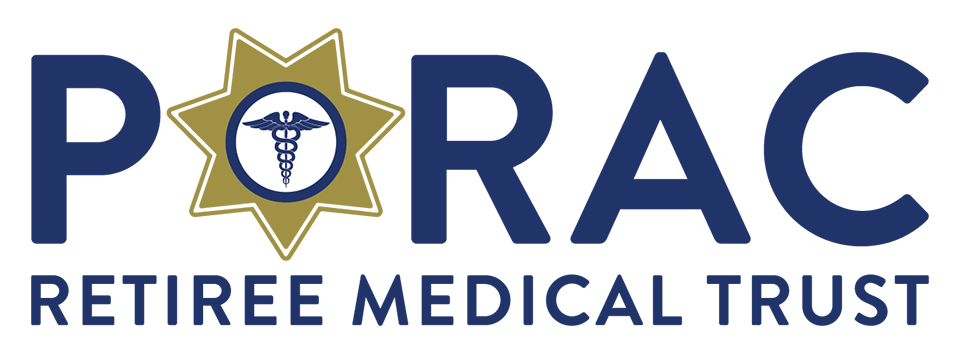

You likely will be reading this article sometime between Thanksgiving and the various December holiday celebrations. I’m writing it two weeks before our annual Conference.
Well, the Retiree Medical Trust celebrated our 15th birthday a couple of months ago. We started back in September 2008, narrowly averting getting squashed in the recession, which started in that same month. Indeed, we were very fortunate to not yet invest any funds in the stock market. The Great Recession of 2008 ruined a lot of investors, both big and small.
As a CalPERS participant, I remember looking at their numbers (losses) and wondering how they would survive. Losing $100 billion was pretty much incomprehensible to me. That figure represented nearly 25% of their portfolio. Build and create whatever type of chart you like — it’s just not possible to hide or obscure those gross statistics.
It caused me, my friends and my co-workers to have many fireside chats as we tried to guess what the future would hold. Up and down the state, I spoke to many association leaders, as well as other RMT trustees. Nobody had much confidence, and we were all a bit frightened about the ramifications of the recession.
2008 was the year that I began to try and educate myself better on the stock market. I remember coming across the peculiar phrase, “dead cat bounce.” What? The idea being that after a major decline in value, the price of a particular stock might actually experience a temporary rise in price. Apparently, one of Wall Street’s more grisly references. It originates from the facetious idea that a dead cat would bounce (at least a little bit) if dropped from a sufficient height. I want to meet the guy who coined that phrase.
At that point, I realized I had a whole heck of a lot to learn. I guess all trustees realized that we had to concentrate on “staying the course.” Owning stocks on really bad days is very unnerving and unsettling, but outcomes over the following year are usually more favorable. I had to cross my fingers a lot as we relied heavily upon the professional advice from our selected investment advisors.
By now, you might be asking yourself exactly what my point is. Great question. The current status of the stock market is not near another recession, though it could be described as a soft landing. The RMT portfolio has taken a bit of a hit. That is on the heels of a dismal 2022 but a much more robust 2023. The backside of 2023 is waning a bit. But it requires diligent monitoring. And it means people are, once again, asking questions.
And just as important, what are people saying about the RMT? I can tell you that I hear a lot of satisfied and happy folks as they report back to me. When an association joins, they often have members who are near retirement. They don’t really have enough time to create a large benefit. So, theirs is small. Sometimes, maybe only $100 per month. They share with me their enjoyment of the tax-free benefit, as it covers a portion of their medical expenses in retirement. Others let me know that they are in the neighborhood of $600 per month. Some with an individual account literally have tens of thousands of dollars available to them. Are they happy? Yep. And some are fortunate to be even higher than that — all tax free. Most important to me is just one word that they all seem to share: thanks.
Thanks for helping with the trust setup and maintaining the operational viability of the plan. Feedback like that makes the trustees smile.
What’s on the horizon for the RMT? Growth accompanied by solid stability. Happy participants. High-performing service providers. Measured and logical decisions to be made by the trustees. That would be our Christmas wish for the year.
Medicare Part B will be rising by about $10 per month. They will be offering nearly two dozen Part D prescription plans to choose from. You can change your plan without penalty on a yearly basis. The (potentially) lifesaving COVID-19 antiviral medication drug, Paxlovid, will no longer be subsidized by the U.S. government, with the price more than doubling to nearly $1,400 per treatment. In 2025, some Part D out-of-pocket expenses for prescription drugs will be capped at $2,000.
If you want to experience some confusion, try navigating the internet for information on Medicare plans, Part B, C and D options, premiums, deductibles, co-pays and non-covered expenses. It’s an absolute cluster … well, you know.
What are they saying? Health insurance is expensive. Plan ahead. Get the most bang for your buck.
The RMT would be more than happy to send someone to one of your meetings to share information with you — totally free and without any obligation. We aren’t selling — we are sharing. With 57 participating associations and 6,174 active participants, we have a lot of references.

